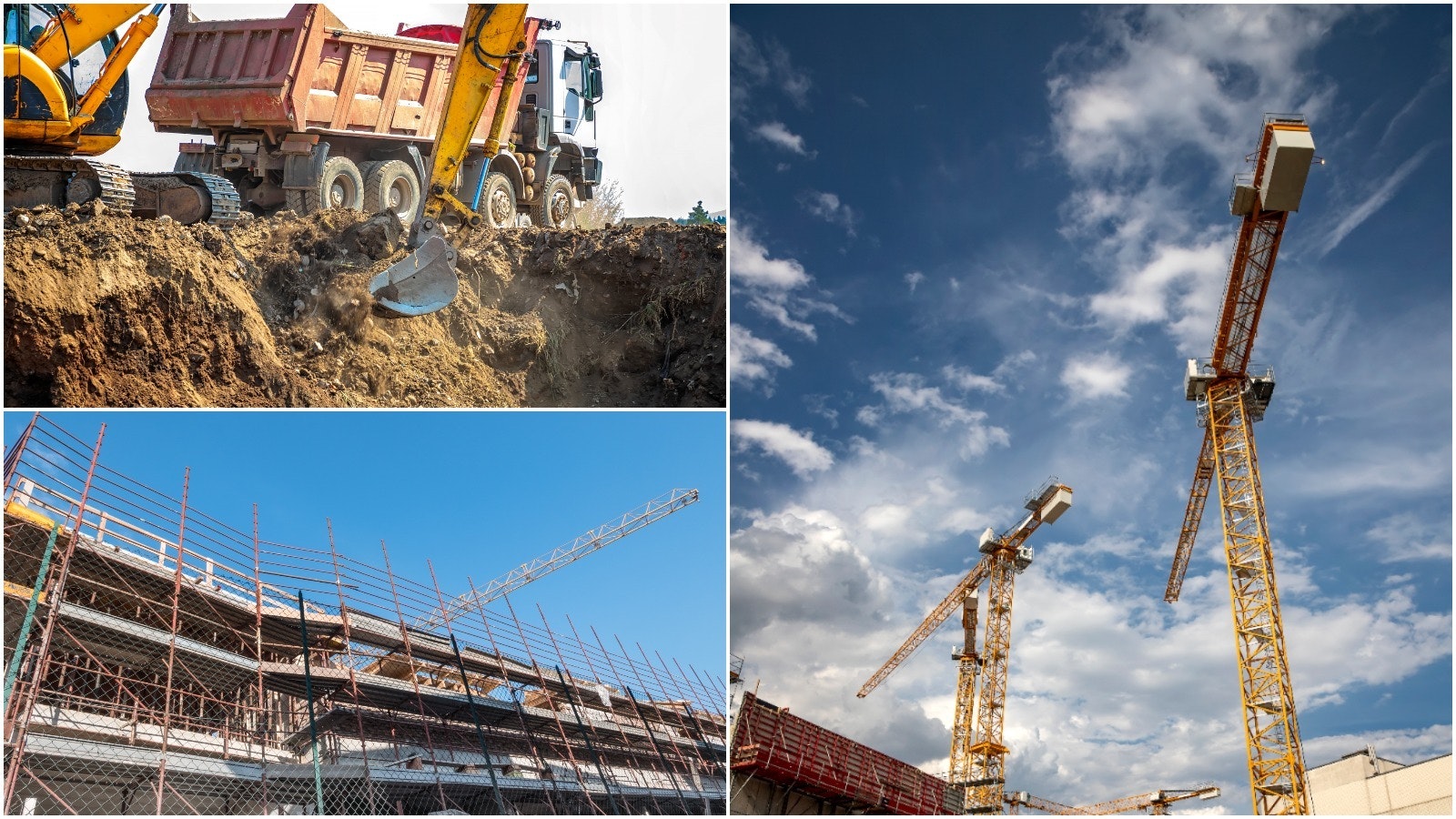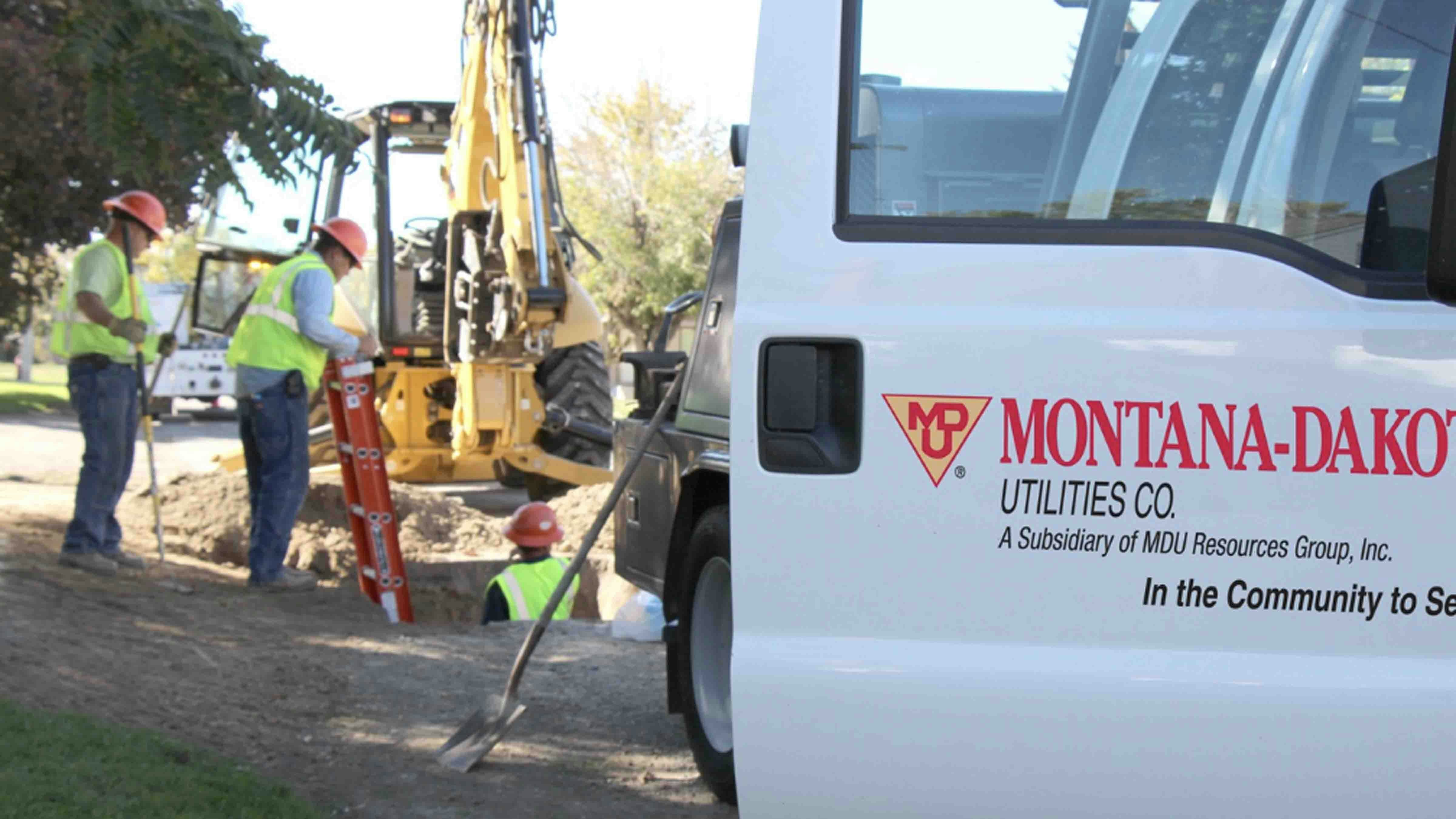Facing the potential economic crisis of the century, Wyoming legislators could spend some federal relief funding on economic development projects to boost post-pandemic employment.
During the Legislature’s special session on May 15 and 16, legislators laid out four priorities for spending $1.25 billion in federal aid provided by the CARES Act before its “use it or lose it” deadline on Dec. 30, Sen. Cale Case, R-Lander, said.
While the legislators’ first two priorities — COVID-19 emergency response and relief aid — deal specifically with the pandemic’s impacts on Wyoming businesses, residents and governments, the third priority — economic development projects — was created as a catchall that could help the economy get back on its feet, Case explained.
The fourth priority — replacement of lost revenue for public entities — might not capitalize on CARES Act funding, which cannot be used as revenue for the state’s general fund. But by setting the task as a priority, the Legislature has laid the groundwork for using CARES funding “to the extent allowable” and future stimulus funds for the stated purpose.
Economic development might seem like an odd choice for spending the federal money, but University of Wyoming Economist Rob Godby said the category is a historical staple for rebooting struggling economies.
“Construction is a tried and true way of recovering an economy that’s been impacted by a deep recession,” Godby explained. “It’s a well recognized initiative all the way back the Great Depression and the New Deal.”
New businesses could open to accommodate the influx of temporary workers drawn to new construction projects, providing jobs across several sectors in a community.
While the construction jobs are typically temporary, they can be a Band-Aid for the growing unemployment rate while giving recovering businesses enough time to rebuild the demand for a permanent labor force.
“Putting people to work on construction or expanding infrastructure is good for the present, because it creates jobs,” Godby said. “And it’s good for the future, because once that infrastructure is in place, it creates additional benefits and increased productivity.”
Broadband infrastructure stood out as one of the legislators’ suggested economic development projects, and Case said good broadband is needed now more than ever.
“If anything has become common in the last few months, it’s the use of things like Zoom for meetings and telemedicine to bridge the social distancing gap,” he explained. “A lot of people are thinking broadband is going to get a lot of these funds.”
In 2018, former Gov. Matt Mead’s ENDOW initiative identified broadband infrastructure as a key component to improving Wyoming’s economy. In 2019, the Wyoming Broadband Advisory Council determined the state’s focus should be on broadband infrastructure expansion, rather than improving the infrastructure already in place.
In addition to creating jobs, Case said economic development projects could help the state spend the federal aid before the deadline.
“The legislator left a lot money on the table for the governor in case they don’t come back and give him more direction,” he said.
During the special session, legislators did not set a spending limit for economic development in Senate Enrolled Act No. 001, which designates the emergency funding priorities. However, the bill does leave room for Legislature to give Gov. Mark Gordon future guidance about how the money should be spent.
Given economic development’s low ranking on the priority list, Case said new projects are only an option at this point.
“It’s possible that by the time we get through all the applications for the different types of relief,” Case said, “there’s no money left on the table for economic development projects.”





